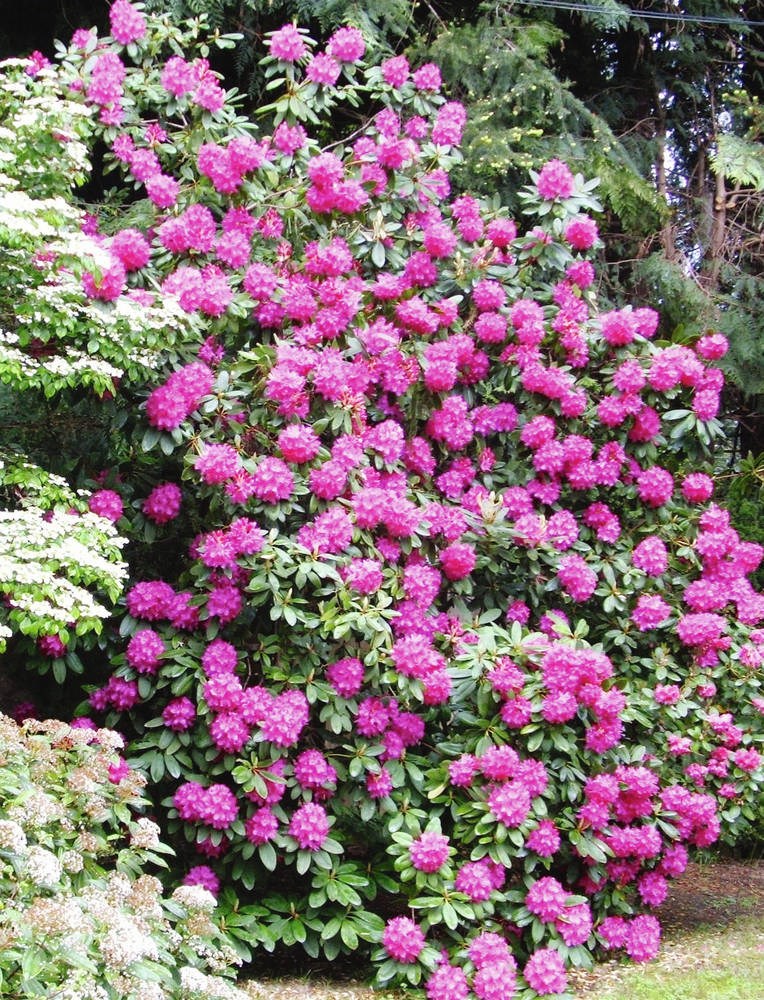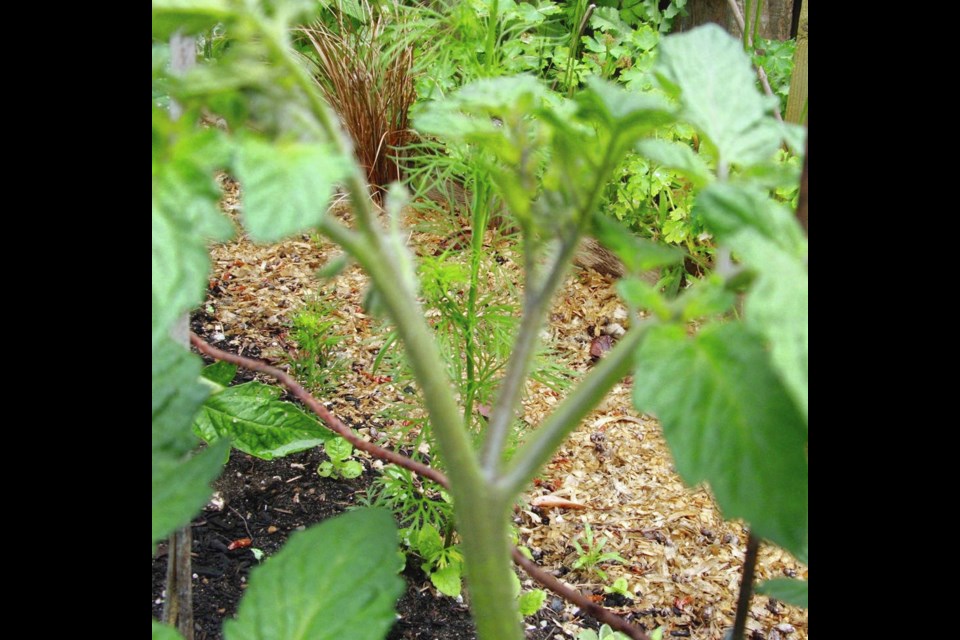Dear Helen: I’ve been carefully snapping off the young “sucker” growth that emerges on my staked tomatoes between the main stem and the leaf stems. Some of these “suckers” are like perfect miniature plants. Seems a pity to toss them on the compost. Is this a silly idea, or can something be done with them?
T.P.
Tomato suckers sturdy enough to handle easily can be rooted and grown into more plants, if you want more tomato plants.
At this stage in the growing season, I’d root suckers only of the earliest (most short-season) varieties. It is probably too late to expect a harvest of tomatoes from suckers taken now from late-producing varieties.
If you have any dwarf types, perhaps potted patio tomatoes, suckers taken from them, rooted in small pots and moved later to larger containers, might give you an extra-long harvesting period if you have a very bright spot indoors for the pot(s) to be placed in autumn, when overnight temperatures begin dipping below 10 C. For this purpose, suckers from small-growing, early-producing tomatoes can be rooted through mid-July.
Dear Helen: Is there some easy way to create more rhododendrons from the plants I have? Though deer abound where I live, they have not touched the rhododendrons I have.
D.B.
Keeping in mind that extremely hungry deer will eat just about anything, rhododendrons are not generally favoured by the creatures. And yes, there is an easy way for home gardeners to propagate rhododendrons, provided the shrubs have low-hanging branches. It is called “layering.”

Layering is a natural process by which many plants propagate themselves. Ivies, for example, layer themselves by forming roots wherever they make contact with the ground.
When low branches of shrubs such as flowering quince and hydrangea become heavy enough to rest on the soil, they will often form roots at those resting spots. Rhododendrons will do the same. But a little manipulating by the gardener will help to ensure rooting and also produce a clone of a desirable size.
The first thing is to survey the parent plant for a likely branch growing close to the ground. Gently lower it towards the ground to determine which leaf joint should become the contact point with the soil. This spot should ideally be located from midway on the branch to one-third of its length from the tip.
Loosen the soil where the branch is to be buried. Mix in some compost or potting mix and a little bone meal. Remove the leaves at the joint to be set in the ground, and make a cut part way through the joint’s underside. Set the wounded portion 10 cm deep into the prepared soil.
Place a rock or brick over the planted portion to hold it firmly in place, and water the area with a liquid fertilizer. If a shrub layer made this spring or early summer is successful, roots should have formed by next spring. Then the rooted layer can be severed from the parent and planted.
A variation on this method is to make the layer in a pot set into the ground below a branch to be layered. Fill a 15-cm or 20-cm wide pot with planting mix and bury the pot up to its rim directly under the leaf joint to be buried. Peg the layered portion down securely into the pot with a piece of bent wire.
Dear Helen: Can you explain why last winter damaged my California lilac and lavender plants so badly?
R.D.
Though it was a mild winter, problems arose in some locations and in certain conditions when freezing temperatures arrived in late winter, as plants were beginning to move out of their resting period — a point of vulnerability for some plants.
Our widely varied coastal topography includes a broad range of growing conditions. How certain plants fare over winter will depend on a combination of a site’s elevation, proximity to the ocean, degree of protection, and soil conditions.
Higher elevations mean colder temperatures. Closeness to the water tempers extremes. Many plants that would otherwise come through the winter without damage do not cope well in wet conditions, The combination of cold and wet can damage plants like Ceanothus and lavender. Both require a very well drained soil.



